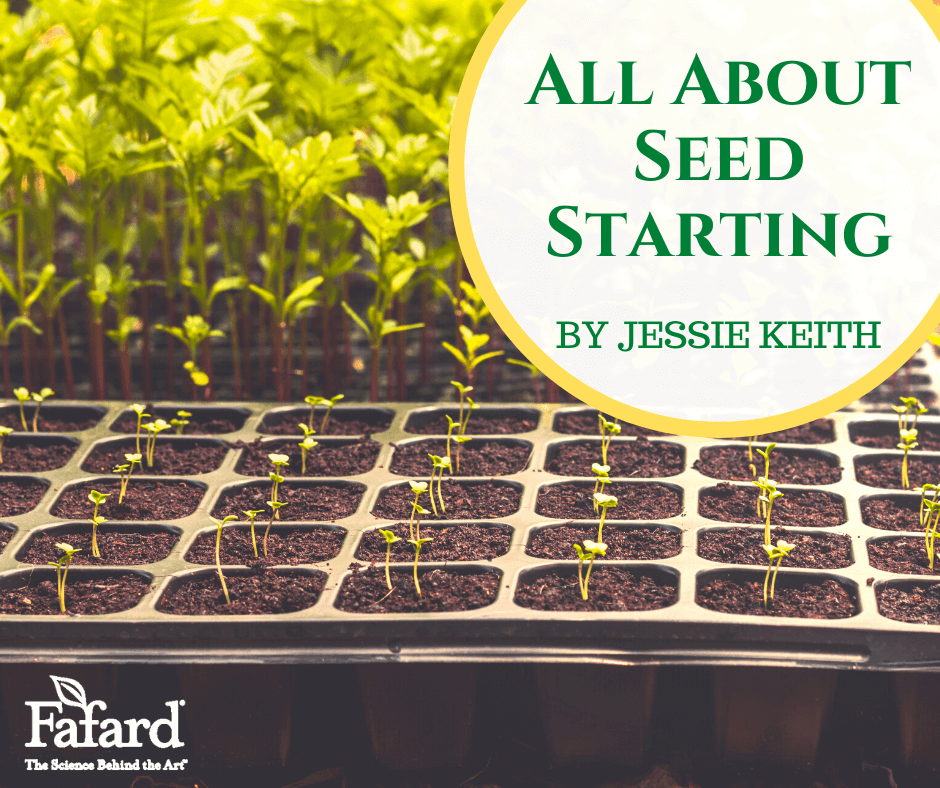
Vegetable gardeners love seed selection time. The seed catalogs are simply brimming with good new things to eat. New tomatoes and peppers are always at top on my list, with great new melons and squash coming in second, followed by root veggies, brassicas and so on. With seed starting time just around the corner, there’s no better time to get your list together and design those new vegetable beds for 2014.

Tomatoes, tomatoes, tomatoes! There’s never a shortage of great new cultivars to choose from. So where do you start? I always go for flavor and utility (a paste, a cherry and a slicing tomato or two). Good looks are also welcome but only if the fruit has flavor to match. One great new selection with all the bells and whistles is ‘Blue Gold’, bred by Brad Gates of Wild Boar Farms. The golden-fleshed, medium-sized fruits are flushed with blue-black, and the dense, juicy flesh is said to be sweet with a full tomato flavor. Two other Wild Boar tomatoes I’ll be trying include the super sweet, small fruited ‘Yellow Furry Boar’, which has lovely yellow stripes and fuzzy skin that I know my daughters will love, and the delectable looking ‘Amethyst Cream Cherry’, which bears lots of purple-kissed creamy cherry tomatoes.
Of the new sauce or paste tomatoes, Burpee’s giant ‘SuperSauce’ hybrid is one I cannot resist. Its huge sauce tomatoes are supposed to be bountiful and delicious—just what I need for midsummer sauce canning.

Many new hot and sweet peppers are available this year. Two sweets are on my list: the 2014 AAS winning golden sweet pepper ‘Mama Mia Giallo’, which bears lots of long, golden sweet peppers on compact plants, and the big, blocky, red bell pepper ‘Currier’, which is highly disease resistant. Hot peppers are increasingly popular, and the famed ‘hottest of the hot’ ghost pepper (bhut jolokia) is popping up as a new introduction in practically every seed catalog, but at 20,000 Scoville units it won’t have a place in my child-friendly garden. Instead I plan to grow the relatively mild, orange habanero ‘NUMEX Suave Orange’. This New Mexico State University Chili Pepper Institute introduction is sure to be a winner for hot sauce making.
Romaine lettuce is satisfying to grow, and super crisp dwarf varieties tend to have extra dense, sweet hearts, so I was excited to discover the compact, crispy ‘Dragoon’, offered by Johnny’s Selected Seeds. In addition to good texture and flavor, it boasts resistance to downy mildew and lettuce mosaic virus. Another nice new salad green is arugula ‘Dragon’s Tongue’, offered by Park Seed, which has spicy, red-veined green leaves.

Heart-healthy kale has become more and more popular, and the newer, heat tolerant kale ‘Tronchuda Biera’ is a Portuguese heirloom that gardeners can continue to grow through summer. Offered by Renee’s Garden Seeds, it produces many large, blue-green, paddle-shaped leaves that are said to remain tasty and mild during the summer months when most other kales flag and start to taste bitter.
No garden is complete without root vegetables, and the purple daikon radish ‘KN-Bravo’, also offered by Johnny’s, is a crisp, sweet, eating radish that I can’t wait to harvest. Johnny’s also offers a red, baby beet, aptly named ‘Babybeat’, which looks and sounds delectable for the spring garden.

We always make space for pumpkins. This year, my girls are very excited about the new pinkish ‘Porcelain Doll’ offered by Renee’s Seeds, among other vendors. Not only are the blocky pumpkins pretty, but their deep orange flesh is said to be great for cooking and pie making. Many of the proceeds also support the Pink Pumpkin Patch Foundation to cure breast cancer.
Sweet, seedless watermelons are always expensive to buy, so I’ll be growing my own this year. The new, small, seedless, red melon ‘Sorbet’ is a Johnny’s exclusive that looks perfect for my family’s needs. Each vine yields two to three ice-box melons with sweet, crisp fruit.
No garden is complete without zucchini or summer squash; the golden, round ‘Summer Ball’ looks cute and tasty. The space-saving, compact bush squash is offered by Harris Seeds and looks ideal for stuffing.
These are but a few of the great new vegetable offerings for 2014. And before planting any of them, I will be sure to amend the garden soil with Fafard Premium Organic Compost. It’s the best way to give vegetables a great start each year.












